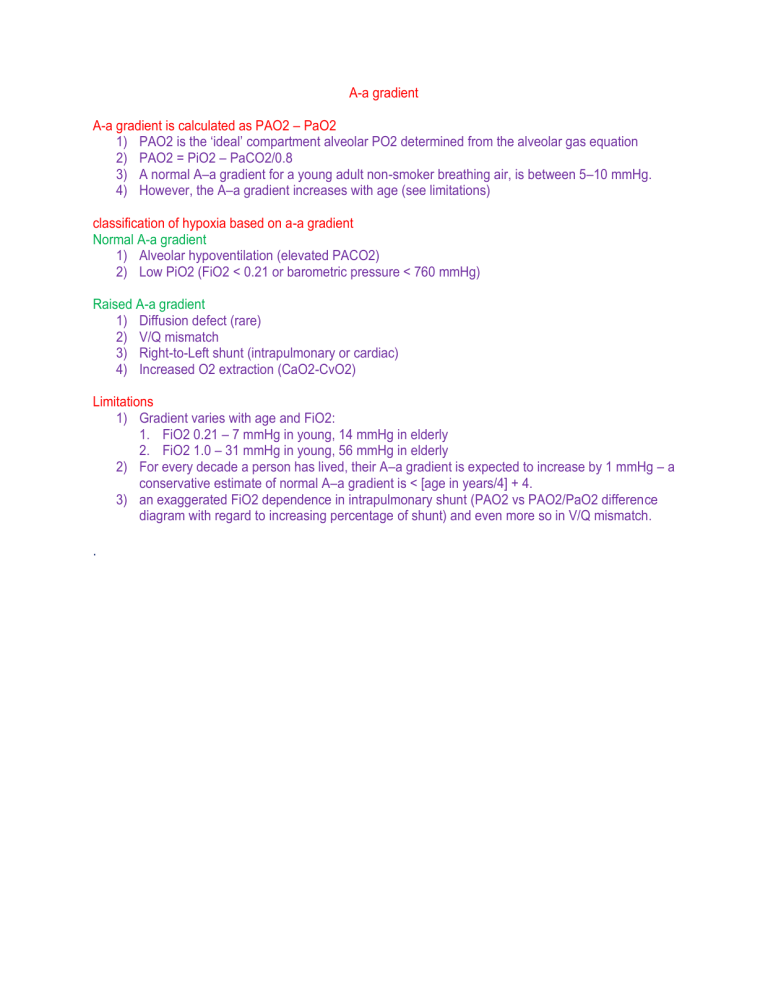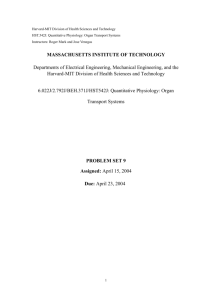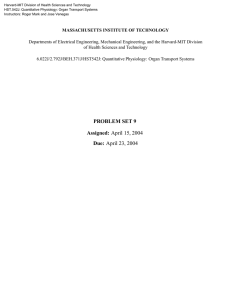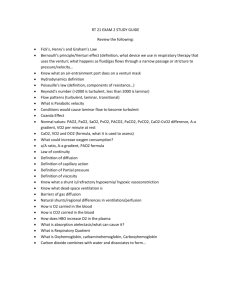A-a Gradient: Calculation, Hypoxia Classification & Limitations
advertisement

A-a gradient A-a gradient is calculated as PAO2 – PaO2 1) PAO2 is the ‘ideal’ compartment alveolar PO2 determined from the alveolar gas equation 2) PAO2 = PiO2 – PaCO2/0.8 3) A normal A–a gradient for a young adult non-smoker breathing air, is between 5–10 mmHg. 4) However, the A–a gradient increases with age (see limitations) classification of hypoxia based on a-a gradient Normal A-a gradient 1) Alveolar hypoventilation (elevated PACO2) 2) Low PiO2 (FiO2 < 0.21 or barometric pressure < 760 mmHg) Raised A-a gradient 1) Diffusion defect (rare) 2) V/Q mismatch 3) Right-to-Left shunt (intrapulmonary or cardiac) 4) Increased O2 extraction (CaO2-CvO2) Limitations 1) Gradient varies with age and FiO2: 1. FiO2 0.21 – 7 mmHg in young, 14 mmHg in elderly 2. FiO2 1.0 – 31 mmHg in young, 56 mmHg in elderly 2) For every decade a person has lived, their A–a gradient is expected to increase by 1 mmHg – a conservative estimate of normal A–a gradient is < [age in years/4] + 4. 3) an exaggerated FiO2 dependence in intrapulmonary shunt (PAO2 vs PAO2/PaO2 difference diagram with regard to increasing percentage of shunt) and even more so in V/Q mismatch. .





